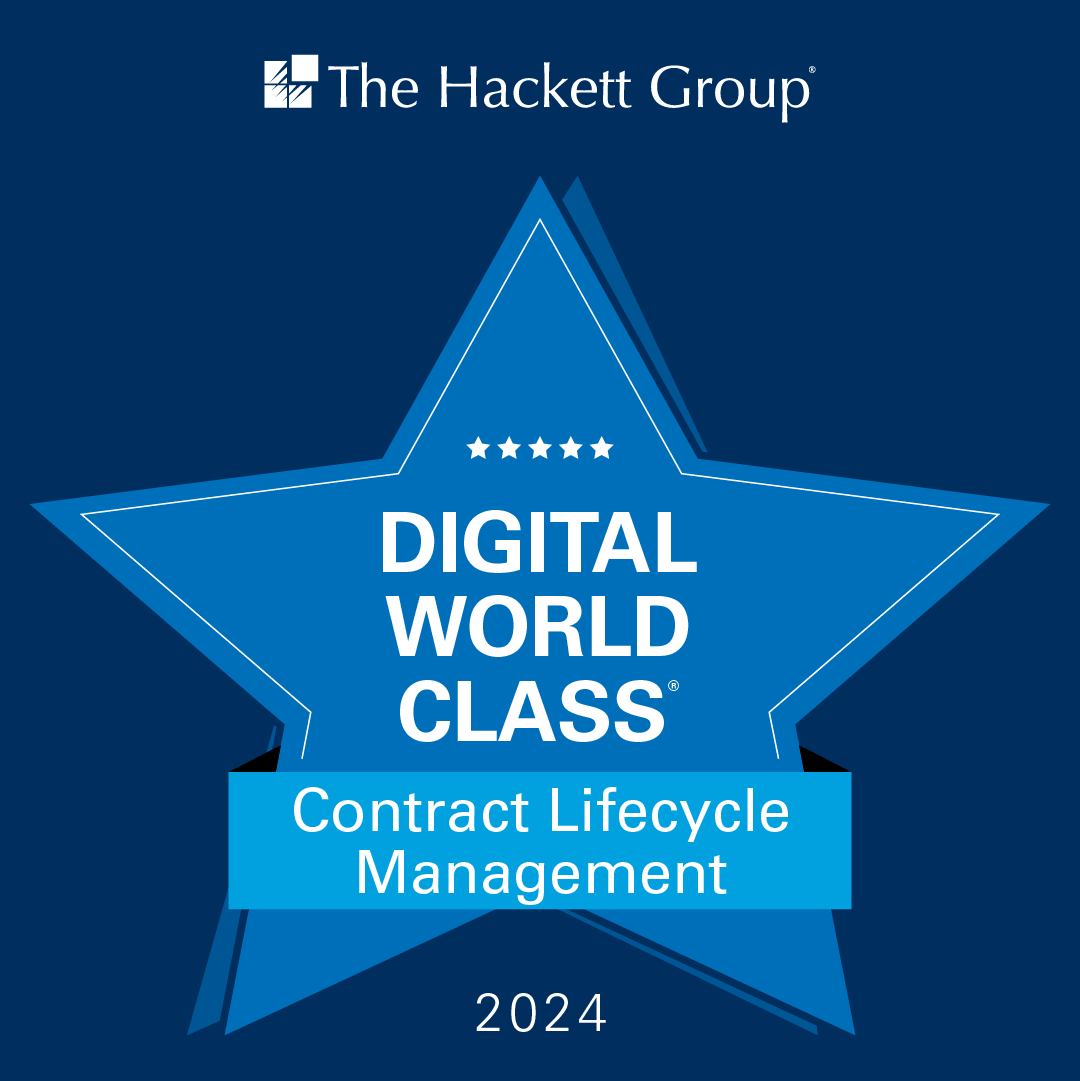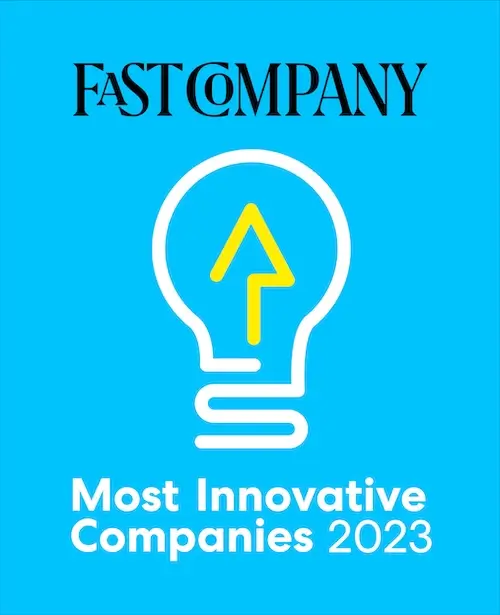At the root of every great technological solution is the pain that caused someone to stand up and say, “there must be a better way.” For instance, an Aberdeen Group study found that for more than 40 percent of enterprises, the pressure to better assess and mitigate risks most drove improvements to contract management. This is why nearly 65 percent of enterprises in the same study reported that successful contract management had mitigated their exposure to financial and legal risk.
Cost, risk, and efficiency are all drivers behind the adoption of digital technologies, like contract management tools, that help companies to transform gradually.
YOUR IMPLEMENTATION TEAM WILL CONVERT YOUR PAIN POINTS INTO KPIs
These days, any investment in new technology must be made in relation to how it will help the overall business. CLM solutions are no exception.
Whenever a business decides to move forward with such a solution, nearly 65% of enterprises reported that CLM had improved their exposure to financial and legal risk. The implementation team needs to better understand the pain that is driving the adoption of the solution well before delivering on the implementation. With this knowledge, the team can ensure that the KPIs for the project are identified clearly. They can also take the appropriate steps in order to ensure a successful adoption process altogether.
QUESTIONS ASKED BEFORE IMPLEMENTATION OF CONTRACT MANAGEMENT SOLUTION:
It is crucial for everyone on either side of the project – both clients and vendors – to understand why investment is being made in CLM software in the first place and, therefore, what goals need to be achieved. Here are tips you started.
Questions that contribute to successful implementation include:
1. WHAT WERE THE CHALLENGES THAT LED TO THIS INVESTMENT?
There may be obvious and common answers to this question. Still, for every organization, there are specific and unique challenges leading to the investment of a successful contract management solution. When these challenges are not only identified but shared with the implementation team, they can be worked into the goals of the program. Once met, these are the goals that will ultimately prove the success of the solution beyond the bottom line.
2. WHAT BUSINESS GOALS CAN BE SUPPORTED BY THIS SOLUTION?
Overall business goals, such as efficiency and productivity savings, are important for any project that involves automation. Aligning the goals of the business with those of the solution is also key. And along with knowing these goals, it is best to understand the timelines of each in order to better plan for implementation.
3. WHO IS HELPING TO DRIVE AND CHAMPION CHANGE WITHIN THE ORGANIZATION?
Contracts are an essential part of a business, affecting everyone within an organization. What helps is identifying the main people on the client-side. Those that help drive the implementation of contract lifecycle management. Although everyone will benefit from a CLM solution, in the long run, it only takes one person to champion its implementation.
There are unique challenges that lead a company to invest in a contract management solution. Oftentimes, the decision-makers who sign the contract for CLM recognize it as a high-level solution to an inherent need within their teams. But the person who signs the contract does not have to drive the change, implementation, and adoption within the larger organization.
To do all of this, the champion must understand the workflows and use cases that will benefit from contract management. With a rich understanding of the operational processes, this individual can then work with the implementation team in order to understand how CLM will be adopted. They can be the daily touchpoint for the project, transforming the contract management process from painful to progressive.
TURNING CHALLENGES INTO GOALS
Whenever challenges are encountered, they ought to be turned into goals for the solution. These same goals keep us all accountable for our deliverables. And, remind us that sharing information with each other is vital.
Many CLMs are robust platforms that offer a fair amount of functionality and potential for long-term growth. But higher adoption of CLMs only happens when you are able to identify and hone in on the core use case.
This is an important metric. It further solidifies contract management as a significant driver for increased business value, competitive differentiation and revenue growth. It also gives stakeholders – other than legal departments – something to think and talk about!
So remember, setting high-reaching business goals is necessary for the implementation of successful contract management. But real success begins much earlier than that. Check out our whitepaper on “How to Choose a Contract Management Solution,” to help your legal team get started.
Author:

Kumud Bika
Connect with us on Linkedin











